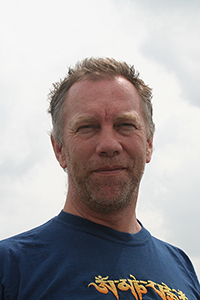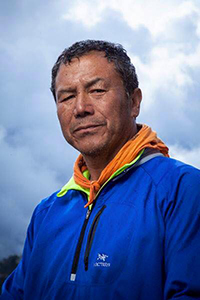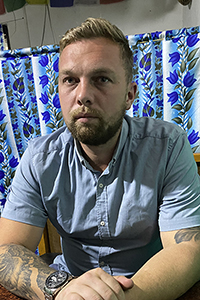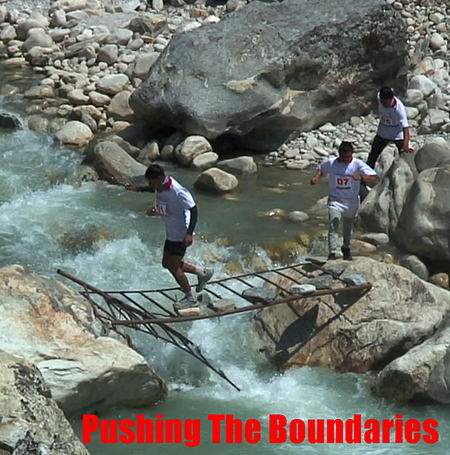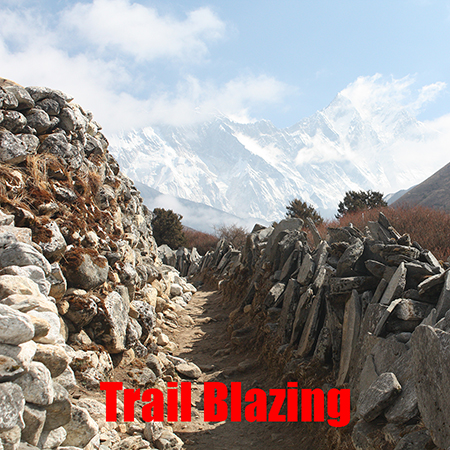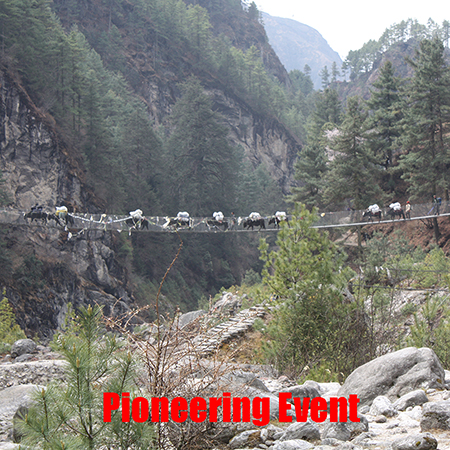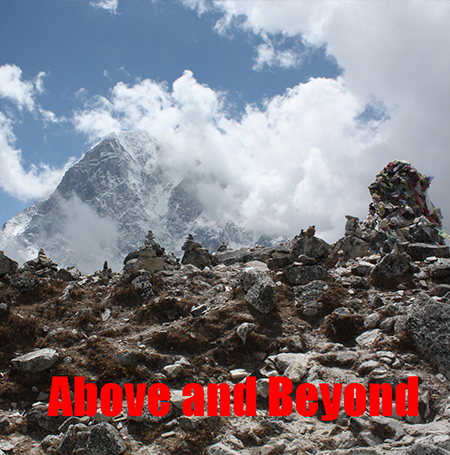
Kit Drops and Drink Stations.
All participants must register at every checkpoint to be deemed to have completed the event. This is for the safety of each participant and to enable us to keep track of where everybody is. Drinks and food will be provided at these stops.
It is important to have a kit bag at the finish which will be dropped off and stored at the beginning of the trek.
All of your kit that is left at Gorak Shep will be portered down and returned to you in Kathmandu.
With that in mind, it is important to understand that any valuables should be kept to a minimum and stored in a robust manner as they will be portered down.
Safety
We are not organising a dangerous event. The dangers that may arise come mostly from the altitude. The course is on well trekked paths for the most part.
That said, it is always important to know where you are: in the High Himalayas. A minimum kit list is essential to ensure you are safe from the altitude, weather, and fatigue.
This is a very very challenging course. If you become incapacitated even for a short period you will need to have the ability to protect yourself. There will be other trekkers, porters and guides on the course.
Help will always be fairly close. Our back up crew will find you easily as log as you check in at every checkpoint.
